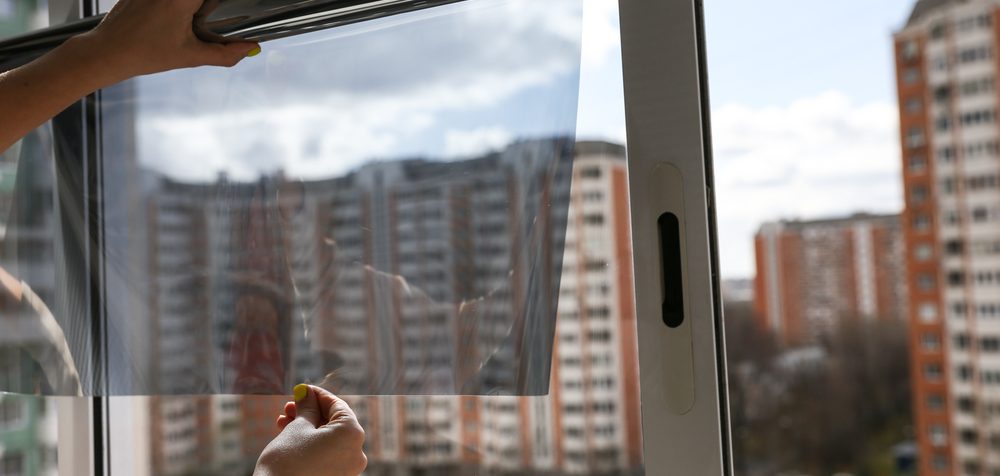
Dr. Ivan Smalyukh of the University of Colorado, Boulder and his team have created a see-through, insulating aerogel film made from wood. The film could be made inexpensively on large scale, is more transparent than glass, and has the potential to be used to retrofit existing windows by being inserted in double glazing instead of air or the noble gasses commonly used. It’s estimated that on average a house loses 25 to 30% of its thermal energy through windows.
To create the transparent film, they made a network of cellulose nanofibers derived from wood pulp in water to make a hydrogel. They then exchanged the water with ethanol solvent, poured the gel film on a plastic layer and rolled it, before drying the gel to remove the solvent, creating an aerogel film. The resulting film was then coated with a silicon-based chemical making it water-repellent in order to prevent condensation.
Their aerogel films are 97–99% transparent – higher than glass, which has a transparency of 92% – have a haze factor of less than 1%, and a thermal conductivity lower than that of still air at 20 ºC. Millimeter to centimeter-thick slabs of the aerogels can be bent and rolled without loss in transparency, cracking, or any deterioration in performance. The team estimates the raw materials to cost about $1 a square foot, as the cellulose nanofibers used can be derived from waste wood pulp, or from food and beverage waste treated with bacteria. The rolling and drying process they use is expected to reduce manufacturing costs.
“Nevertheless, further research is needed to reduce the haze of thick aerogel slabs and to lower manufacturing costs to drive widespread deployment,” Smalyukh said.
